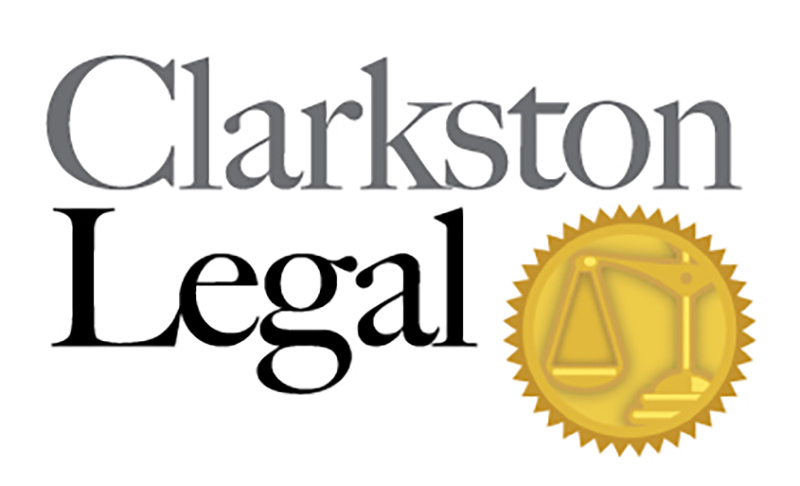Debunking Junk Science
Many criminal cases involve the application of scientific principles to the observation, collection, processing and interpretation of evidence; this is known as forensics. The accused can be acquitted or convicted depending on the quality of the evidence.
Over the past several years, defense lawyers have been engaged in campaigns to debunk some of the science when it turns-out that it is not really science after all. Over the past several decades, cottage-industries have been developed, each with their own corps of so-called “experts”, dedicated to putting folks behind bars with the stamp of science.
More recently, some of these forensic areas have been debunked as “junk science”. There are many examples.
The danger to the public arises when prosecutors use less-than-scientific methods that, over time, and for a variety of reasons, become imbued with the cloak of “science”. To combat this phenomena, the SCOTUS decided the Daubert trio of cases in the 1990s which held that a trial court is to be the “gatekeeper” of expert witness testimony.
A Daubert hearing is a special type of motion in limine which seeks to exclude untested scientific evidence. In order to be admissible, or in order for a proposed expert to be duly qualified as an expert, the party seeking to admit the expert testimony must prove to the trial court that the proffered testimony is the result of observations and conclusions in accord with scientific method.
There have been several types of so-called forensic evidence that have been debunked in recent years. Here are a few examples:
facilitative communication – this is a nearly completely debunked methodology whereby an incapacitated non-communicating person, using a “facilitator” to guide responses from the incapacitated person -think ouiji board- supposedly results in communications from the incapacitated person; these communications have been used as evidence of sexual assaults in several high-profile cases, including right here in Waterford & Clarkston, Michigan;
hair analysis – for years an area of controversy, a recent high-profile case has pulled the forensic art of hair analysis into the realm of junk science. An FBI crime lab confused a dog hair with a human hair but the mistake went unchallenged for years while the testimony about the hair -that a single folicle recovered from the murder scene matched the defendant’s- was used to convict the accused. Now, nearly 30-years later, the defendant in the case was exonerated;
arson investigation – in this area of forensics, non-scientifically trained former police investigators use what has recently been exposed as folklore to masquerade as scientific evidence regarding the origin of fires;
Detroit Police Crime Lab – several area lawyers have exposed the wholesale incompetence and mismanagement of the storage of biological samples in untested rape kits and other forms of evidence, leading to re-trials in 100s of cases and a growing number of acquittals;
EtG alcohol testing – this alcohol test checks for ethyl glucoronide and can go back approximately 80-hours in the subject’s ingestion history whereas other alcohol detection tests only go back 24-hours; the scientific principles upon which this test is based are being challenged here in Michigan by a group of committed defense lawyers;
Shaken Baby Syndrome – once a prosecutor’s expert utters these three words, convictions usually fall right into place; that is until a recent case from the Michigan Supreme Court led to a new trial for an accused on the basis that failure to rebut the “shaken baby syndrome” testimony amounted to the ineffective assistance of counsel.
Challenging expert testimony and the scientific method underpinning such testimony takes effort and good lawyering; it usually requires funds to hire one’s own expert. In most cases, however, the very freedom of the accused depends on this effort and on these funds.
If you or a family member are accused of a serious felony involving expert state testimony, contact our law firm to discuss your trial options.

